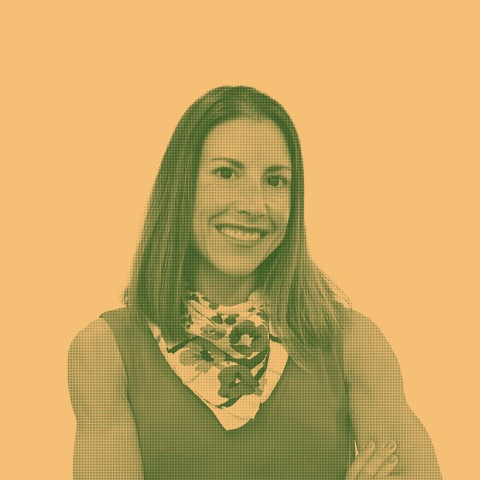Connecting Sustainable Development Goals to LIFE Readiness Skills Through Interdisciplinary Approaches

The other day I was participating in a Scholarship Panel with colleagues and stakeholders to determine a scholarship winner. The topics for the grade levels involved were “Becoming an EcoHero” and “Leadership” as they relate to sustainability efforts. I learned from one scholarship finalist about the 17 SDG’s (Sustainable Development Goals) from the UN 2030 agenda.
The scholarship candidate focused on two United Nations SDGs, namely no poverty and zero hunger, to exemplify how her own contributions make her a responsible, global citizen and leader within our school by reducing negative impact on the environment, using reusable bags, carrying own water bottle, and having a donation refrigerator at school. I made internal connections to our school’s mission, which states “collaboratively creating a student-centered, sustainable 21st century learning environment.” After all, my WHY is Impact Through Connections
Then, my brain made a connection to my own Vision as a Principal, no matter where I serve, that all scholars leave us LIFE Ready and Literate. My experiences have led me to embody strong ties to life skills and disciplinary literacy. Many call these skills soft skills or essential skills. Then I recognized that within my learning community, our leaders and teachers have not collectively prioritized or engaged in any deep learning to determine and define interdependability or sustainability within Education, which we know is a complex system. As a system, we need to go back to understand, define, and train one another on what sustainability in Education means.
As I dig deeper, when I think about mobilizing teachers and learners to teach, practice and become more sustainable in their approaches, so our scholars can be knowledgeable about and practice sustainable efforts according to those 17 SBGs in their daily lives, I cannot help but place an even greater emphasis on the LIFE skills we need to be instilling and practicing with our scholars on a daily basis, so they gain confidence to apply such competences to the local and global communities now and when they leave us. Naturally then, as a Principal, I revert back to what I do and can do better as a leader to create the conditions necessary to help teachers and learners aspire toward our school’s vision, which states that each scholar will “experience that learning has lasting value beyond their life at school.” It’s actually not as discouraging as I thought! There are some quick wins any leader can undertake to create such conditions within their learning communities that doesn’t involve a lot of extra work or restructuring efforts.
I always encourage teachers to work with one another to create that interdisciplinary approach for authentic learning to emerge, where learners are purposefully collaborating and engaging in critical thinking to problem solve. I consider the Master Schedule and how I value the PLC (Professional Learning Community) time for embedded professional time during the day. In fact, I don’t know of any other way to move an education system forward without highly effective PLCs. I create space and time for interdisciplinary teachers to work together around the one thing we all share in common, our scholars, and how to make better knowledge-based decisions based on what we see from our scholars.
Stay up to date
Subscribe to the free GESS Education newsletter and stay updated with the latest insights, trends, and event news every week. Your email address will remain confidential


